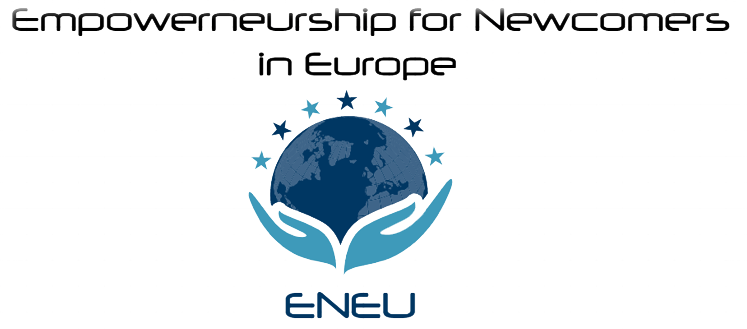Best practices for trainers (Part 3)
by Niina Halvorsen

Previously on best practices for trainers: To deliver an effective training program, the trainer should focus on the migrants’ backgrounds and the cultural differences that exist in the learning environment.
Now, it is time to highlight another element: Communication and Language
Communication methods and channels
Teachers/trainers should understand the importance of different communication methods (verbal, non-verbal, written, and visual). It is always good to remember the interest and the educational objective(s) of the learners to adopt the best communication method. Migrants mainly communicate through social media, which requires simple digital skills and simple communicative thinking. Adapting the teaching/training and the messaging to fit social media and social networks and related tools could be beneficial to the learners.
Language barriers
Teachers/trainers must be careful to avoid language barriers and the choice of used language is essential. Teachers/trainers should use inclusive language, meaning appropriate words to not discriminate against anyone and to avoid stereotypes. They should adopt a non-judgmental attitude and pay attention to cultural considerations, and give space and time to the participants to pose questions and express their own ideas.
Relatable vocabulary and content
Teachers/trainers should know their audience/learners and be sure that they speak a language everyone understands. Talking about financial and legal issues is usually a stiff and difficult process – so the words a teacher/trainer chooses to use should be simple and clear and understandable for everyone involved in the learning process. In addition, the teachers/trainers should have a basic understanding of financial and legal issues discussed in general based on the laws and regulations of the host country, as well as, be able to identify and address the risks, difficulties and obstacles immigrants could face in financial and legal front.



